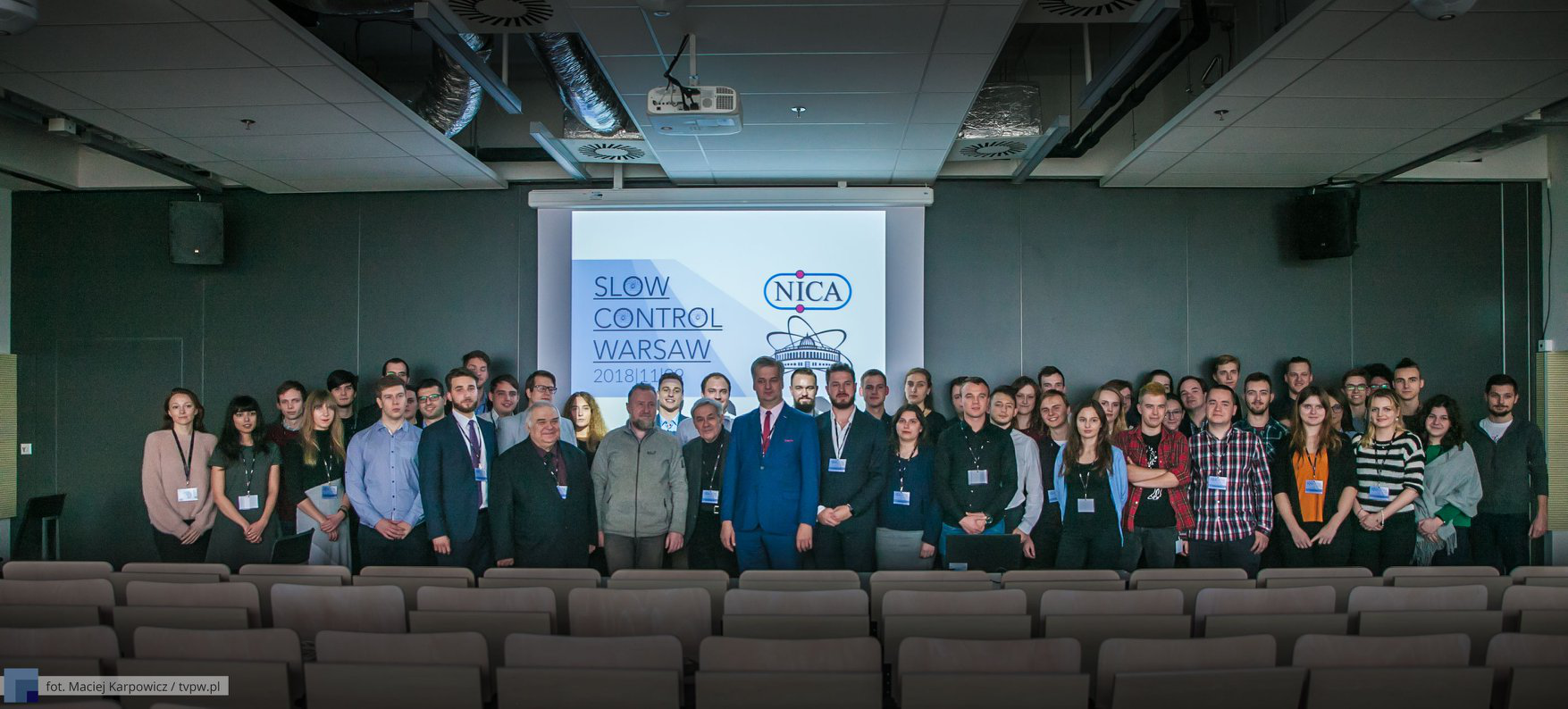Speaker
Description
- Motivation
It is believed that up to a few milliseconds after the Big Bang, the Universe was in the state called Quark-Gluon Plasma (QGP). Moreover, this unique state should be available in the cores of neutron stars.
What is QGP really? The matter that exists everywhere is built with quarks and gluons. In the ordinary matter quarks are confined in hadrons (baryons (example: protons), mesons (example: kaons)) but… if the matter reaches very high energy or very high baryon density, quarks and gluons can behave as free particles. This state is called as Quark Gluon Plasma.
One of the tools used to describe systems created during the high energy collisions is the femtoscopic correlation technique. Femtoscopic correlations are the tool to measure directly the spatial and temporal scales of the extremely small and short-lived systems created in particle or nuclear collisions with accuracy of 1 fm. The source radii extracted from two-particle correlations at low relative momenta describes the system at kinetic freeze-out, i.e. the last stage of particle interactions.
- Therminator 2
THERMINATOR is a Monte Carlo event generator dedicated to studies of the statistical production of particles in relativistic heavy-ion collisions. The increased functionality of the code contains the following features: The input of any shape of the freeze-out hypersurface and the expansion velocity field, including the 3+1 dimensional profiles, in particular those generated externally with various hydrodynamic codes. The hypersufraces may have variable thermal parameters, which allows for studies departing significantly from the mid-rapidity region, where the baryon chemical potential becomes large.
A separate code, FEMTO-THERMINATOR, is provided to carry out the analysis of femtoscopic correlations which are an important source of information concerning the size and expansion of the system. The package is written in C++ and uses the CERN ROOT environment.
- Tasks
Student will work with the Therminator 2 model. The main tasks are:
a. Installing Therminator 2 environment;
b. Generate events for pPb collisions
c. Analyze generated data
d. Obtain the correlation function for specified before particles.
4. Requirements
a. Computer with Linux or OS operating system
b. Programming skills in C++ and ROOT languages
c. Basic English skills
- Recommended literature
a) Introduction to relativistic heavy ion physics, J. Bartke, World Scientific, 2009
b) 2. K+K− femtoscopic correlations in Pb–Pb collisions at √sNN = 2.76 TeV in the ALICE experiment at LHC, B.V. Batyunya, L.V. Malinina, K.R. Mikhaylov, E.P. Rogochaya, 2017
c) 3. Femtoscopic Correlations and Final State Resonance Formation, R. Lednicky, 2011
d) https://therminator2.ifj.edu.pl the therminator generator main page
- The number of project participants: 2-4
